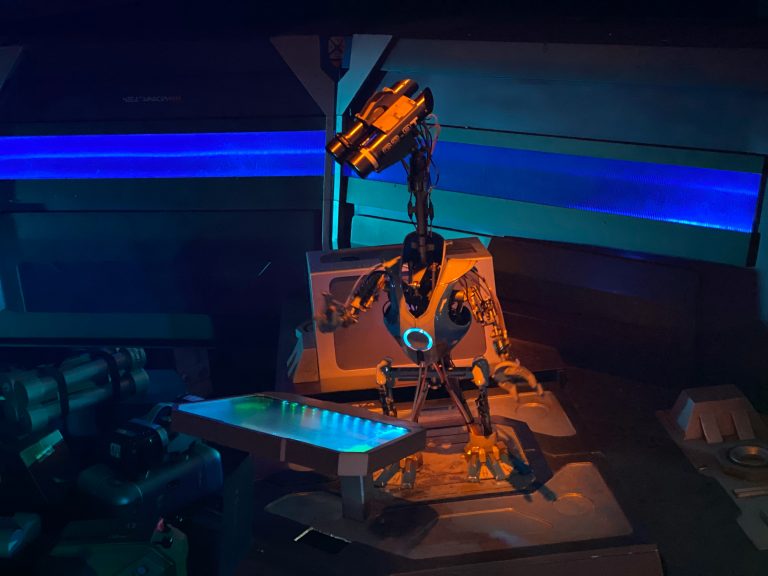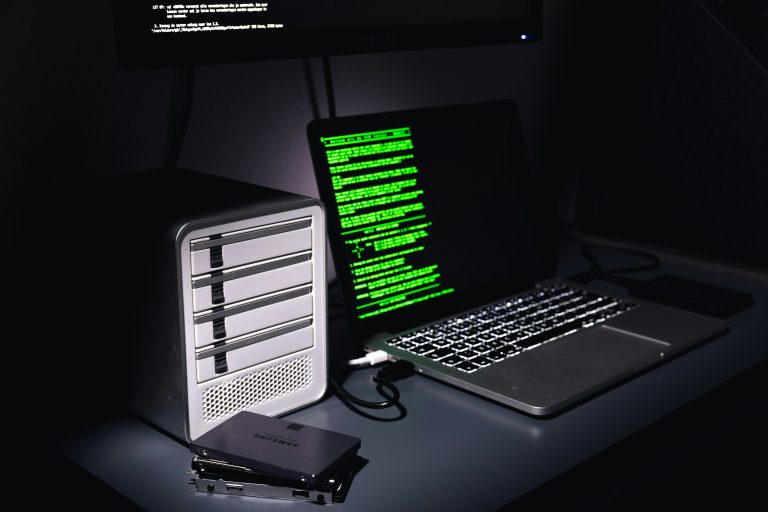Edge AI: Running AI on Mobile and IoT Devices
As artificial intelligence (AI) becomes more powerful and widespread, a new frontier is emerging: Edge AI running AI algorithms directly on devices like smartphones, sensors, drones, and IoT devices, without relying on constant cloud access.
2 What Is Edge AI?
Edge AI refers to the deployment of AI models on hardware devices that operate at the “edge” of the network, meaning closer to the data source rather than relying on centralized cloud servers.
In simpler terms:
Instead of sending your voice recording to the cloud for processing (like with traditional voice assistants), your phone’s processor can handle the AI task locally faster, privately, and often more securely.
3 Why Run AI on the Edge?
Here are the major drivers behind the push toward Edge AI:
4 Lower Latency
1 Real-time responses are critical in applications like autonomous vehicles, industrial automation, and augmented reality.
2 Processing data locally reduces delays (no need to wait for cloud round-trips).

5 Improved Privacy and Security
1 Sensitive data (like personal health information or security footage) doesn’t have to leave the device.
2 Reduces the risk of breaches during transmission to the cloud.
6 Reduced Bandwidth and Cloud Costs
1 Constantly uploading data (like video streams or sensor readings) can strain networks and increase costs.
2 Edge AI reduces the need for massive data transfers.
7 Better Reliability
1 Devices can continue to function even without a stable internet connection.
2 Critical in remote areas, on factory floors, or in emergency scenarios.
8 Technologies Behind Edge AI
1 TinyML: Machine learning models optimized to run on extremely small and low power devices (like microcontrollers).
2 Model Compression: Techniques like pruning and quantization shrink large AI models so they can fit and run efficiently on limited hardware.
3 Edge AI Chips: Special hardware like Google’s Edge TPU, Apple’s Neural Engine, NVIDIA Jetson, and Qualcomm’s AI Engine enable efficient local AI processing.
4 On-Device Training (Emerging): Instead of just inference (prediction), some devices are beginning to learn and adapt locally without cloud retraining.

9 Challenges in Edge AI
While promising, Edge AI comes with unique challenges:
1 Limited Computing Resources: Mobile and IoT devices have far less processing power and memory compared to cloud servers.
2 Energy Constraints: Running AI models locally must be extremely power efficient to avoid draining batteries quickly.
3 Model Optimization: AI models must be carefully designed and tuned to be small and fast without losing too much accuracy.
4 Security: Devices at the edge can be more vulnerable to tampering or hacking if not properly protected.
10 Future Trends in Edge AI
1 Federated Learning: A technique where devices train models locally and only share model updates (not raw data) with a central server enhancing privacy.
2 More Specialized Hardware: We’ll see more AI-specific chips built into everyday devices.
3 Wider Adoption in 5G Networks: Faster network speeds make hybrid edge cloud models even more powerful.
Conclusion
Edge AI is bringing the power of artificial intelligence closer to where the data is created, enabling faster, smarter, and more private applications across industries.
As devices become more capable and algorithms more efficient, Edge AI will continue to reshape how we experience technology making it feel faster, safer, and more personal than ever before.






